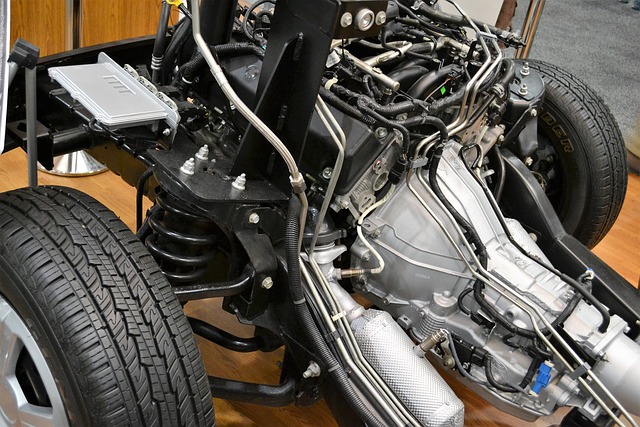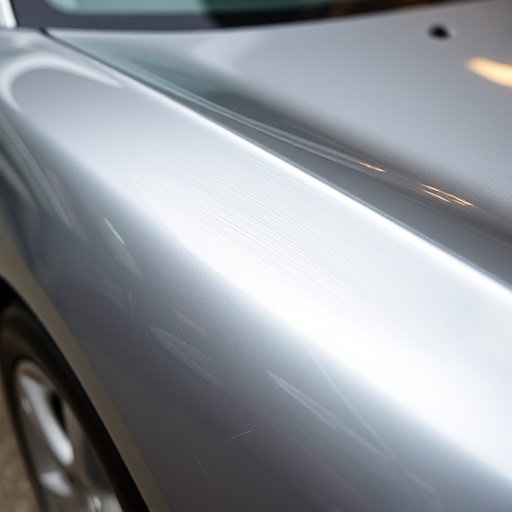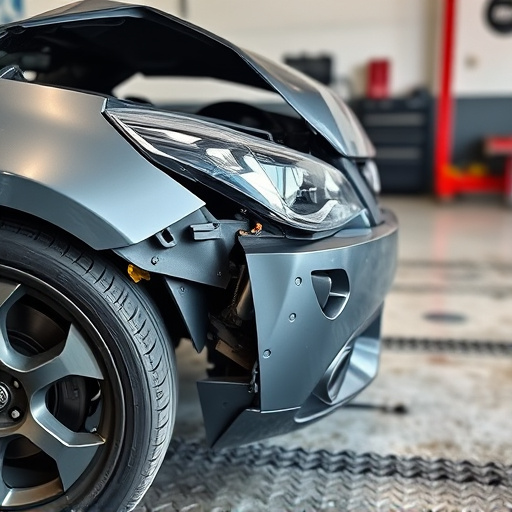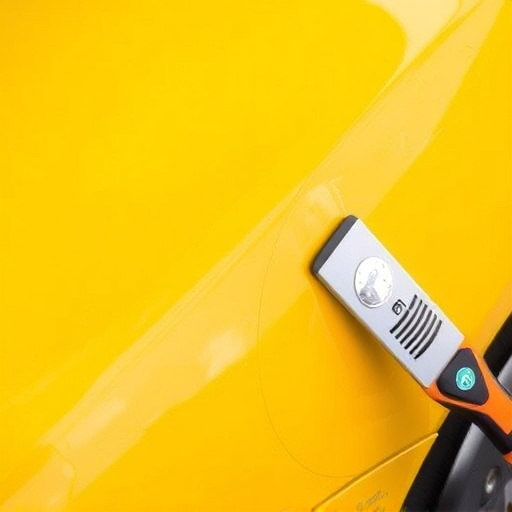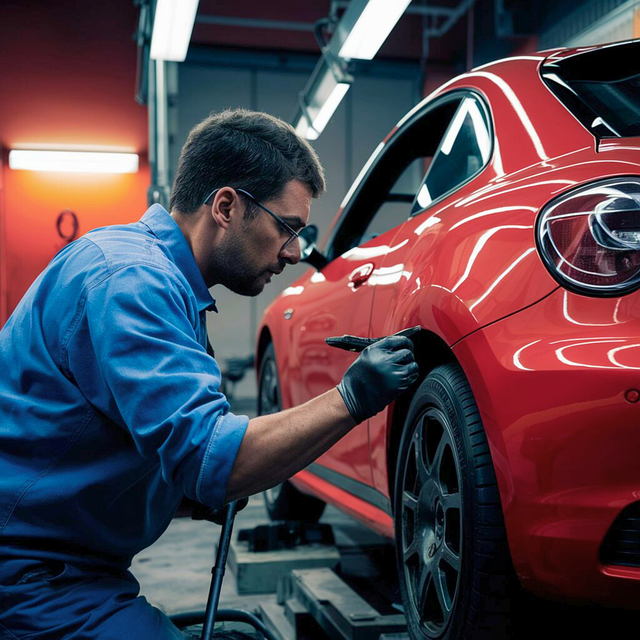The adoption of composite material replacement in automotive repairs has revolutionized dent and scratch treatments, offering lightweight, strong, and corrosion-resistant alternatives to traditional metals or plastics. These materials enhance precision, aesthetic appeal, and structural integrity, driving advancements in collision repair. Beyond automobiles, composites are versatile and crucial in various industries like aviation and boating for their durability, fatigue strength, and fuel efficiency benefits. As demand grows, composite material replacement is poised to transform auto body services globally.
Composite material replacement is transforming the repair industry, offering innovative solutions where traditional methods fall short. Once a niche concept, composites have evolved from experimental materials to mainstream applications, particularly in modern repair work. This shift brings both challenges and significant advantages.
The article delves into the historical development of composite materials, their widespread adoption in repairs, and the limitations of conventional replacement techniques. It highlights how advanced composite material replacement enhances durability, reduces environmental impact, and provides long-term cost savings for various stakeholders.
- The Rise of Composite Materials and Their Use in Repairs
- – A brief history of composite materials
- – Common applications of composites in modern repair work
The Rise of Composite Materials and Their Use in Repairs

The advent and rapid growth of composite materials have revolutionized various industries, including automotive repairs. Composite materials, known for their lightweight yet robust properties, have gradually replaced traditional materials in many applications. In auto body work, composite material replacement is a significant trend, especially in repairing car dents and scratches. Their durability and resistance to corrosion make them ideal alternatives to metal or plastic.
This shift towards composites offers several advantages in car dent repair and car scratch repair processes. Composites can be molded into intricate shapes, allowing for more precise and aesthetically pleasing repairs. Moreover, they have excellent impact resistance, ensuring that vehicle bodies remain strong and free from damage after repairs. With the increasing demand for efficient and effective auto body work, composite material replacement is set to play a pivotal role in shaping the future of automotive repair services.
– A brief history of composite materials

Composite materials have a rich history dating back to ancient civilizations that crafted objects like pottery and textiles using natural fibers. However, it was in the 20th century that modern composite materials truly emerged, driven by advancements in science and engineering. In automotive repair, composite material replacement has revolutionized vehicle restoration, offering lightweight alternatives to traditional metals. This shift is particularly evident in collision repair shops, where professionals now use advanced composites to mend cars, ensuring both strength and durability.
The advent of composite materials has significantly impacted the automotive industry, enabling more efficient and effective repairs. Unlike their metallic counterparts, composites can be molded into intricate shapes, providing greater design flexibility. Moreover, composite material replacement is not just about aesthetics; it also enhances safety by reducing weight, thereby improving fuel efficiency and overall vehicle performance in automotive repair processes.
– Common applications of composites in modern repair work

Composite materials have become integral to modern repair practices across various industries, offering a range of benefits that traditional methods cannot match. In auto body shops, composite material replacement is increasingly common, especially in car scratch repair and auto body restoration processes. These advanced materials are used to fix dents, cracks, and other damage on vehicles, providing a durable and aesthetically pleasing solution.
Their versatility makes composites suitable for more than just autos; they’re employed in everything from aircraft maintenance to boat repairs. The lightweight nature of composite materials reduces the overall weight of structures, leading to improved fuel efficiency and better handling. Additionally, their resistance to corrosion and fatigue ensures longevity, making them a preferred choice for professionals seeking long-lasting, high-quality repairs.
Composite material replacement is not just a trend but a game-changer in the realm of repairs. As we’ve explored, these advanced materials have revolutionized various industries due to their unique properties and durability. In light of their widespread adoption, understanding how composite materials can enhance repair work and why their replacement matters is essential. By embracing composite material replacement, professionals can offer longer-lasting solutions, reduce maintenance costs, and ensure the structural integrity of repairs across different sectors.
